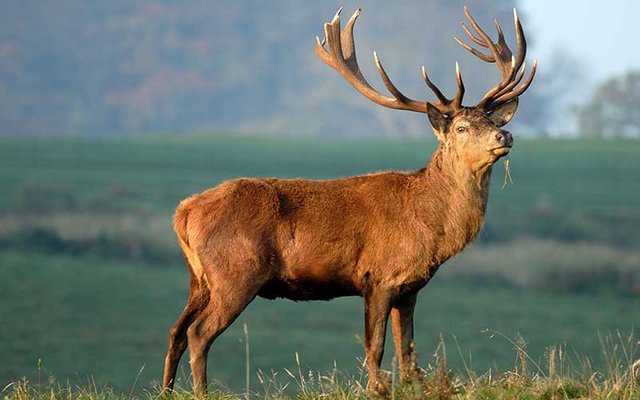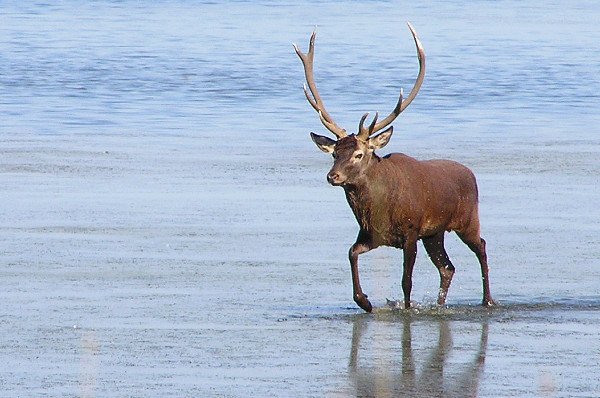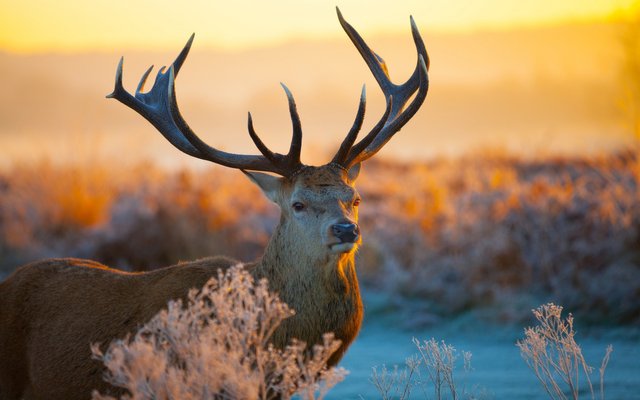DailyCelestialChallenge-AnimalKingdom-Cervids
Cervids (Cervidae) are a family of ruminant mammals that includes deer or deer. Its size is variable, with the elk being the largest (up to 450 kg), and the South American venadito or pudú, the smallest, with about 8 or 10 kg.
They have thin legs, split hooves and long necks with long, thin heads, suitable for browsing or grazing, except for some specific adaptations in some species such as moose, grazing aquatic vegetables, or reindeer, hairy and wide snouts apt to browse lichen in Arctic areas, have smooth or speckled hair in most species, except for some whose fur is not as precise as it is with reindeer, and are the only mammals that grow antlers or new horns each year, formed by dead bone.
They live in several areas of the world, so they can be found in Europe, Asia, America, North Africa and some Arctic areas. It was introduced by man in New Zealand and Australia.
They feed on leaves, branches and shoots of plants. The period of gestation of the females varies between 160 days to 10 months according to the species; They give birth to one or two pups a year that are called fawns.
Deer are herbivorous animals that form groups according to their age and height. The females live in herds of dozens of specimens with their youngest offspring, while the males move in solitary form or in much smaller groups of less than 5 individuals.
For this, the horns have been developing during the summer, acquiring greater size, length and number of tips as the age of the specimen advances. In autumn, the horns lose the protective skin that covers them (the velvet), which the males take care of by detaching themselves by rubbing their heads against the trunks of trees (it is really amazing to see how these animals, by nature, are responsible for detaching their horns.
The gestation of the deer extends for a period that can last between 160 days and 10 months, according to the species in particular, Almost all deer have a gland in the vicinity of eyes that have pheromones, ie substances chemistry that they can secrete to get other individuals of their species to behave in a certain way.



I like the horns, very beautiful. I'll have to research more on this cervids family.